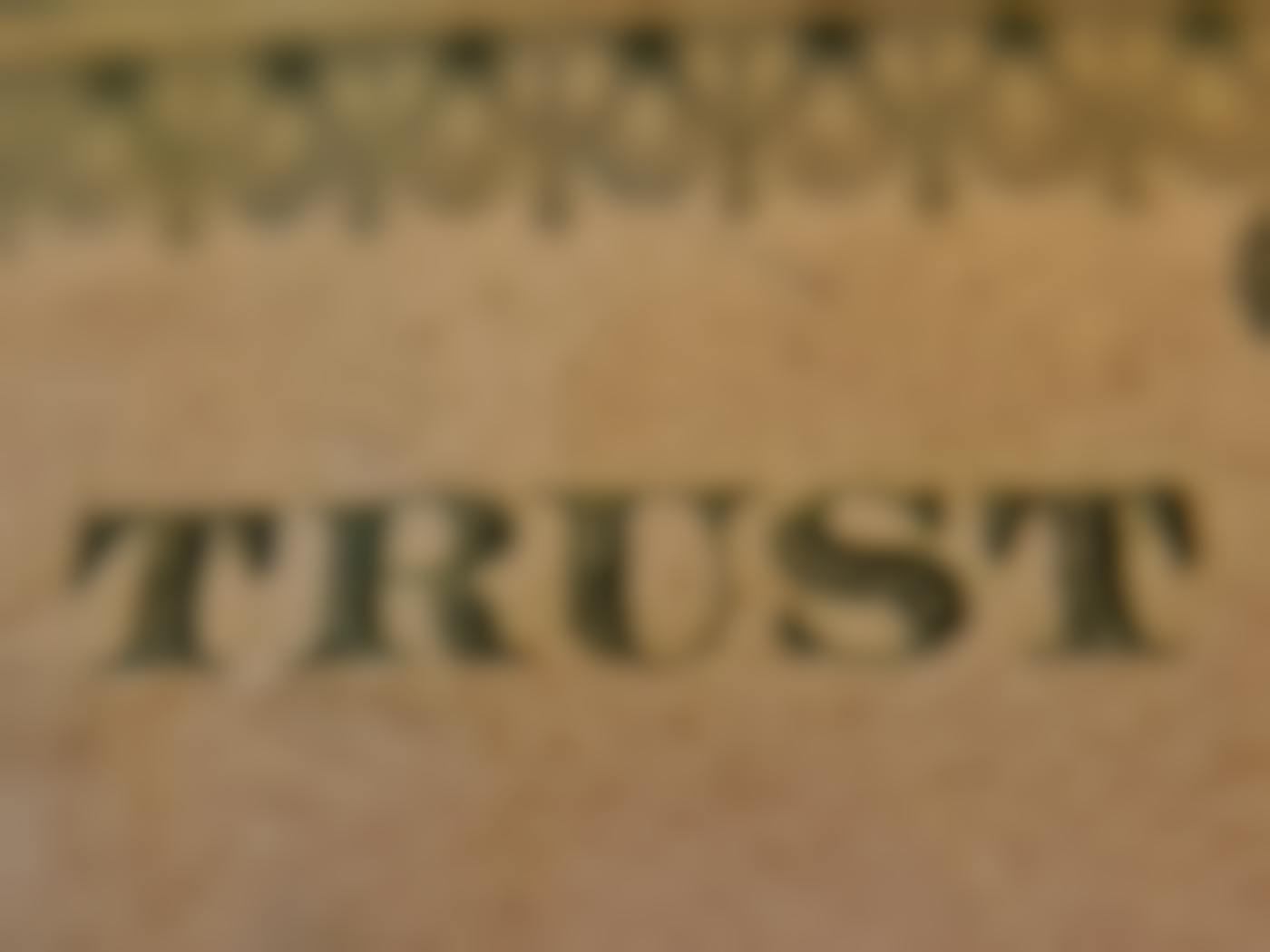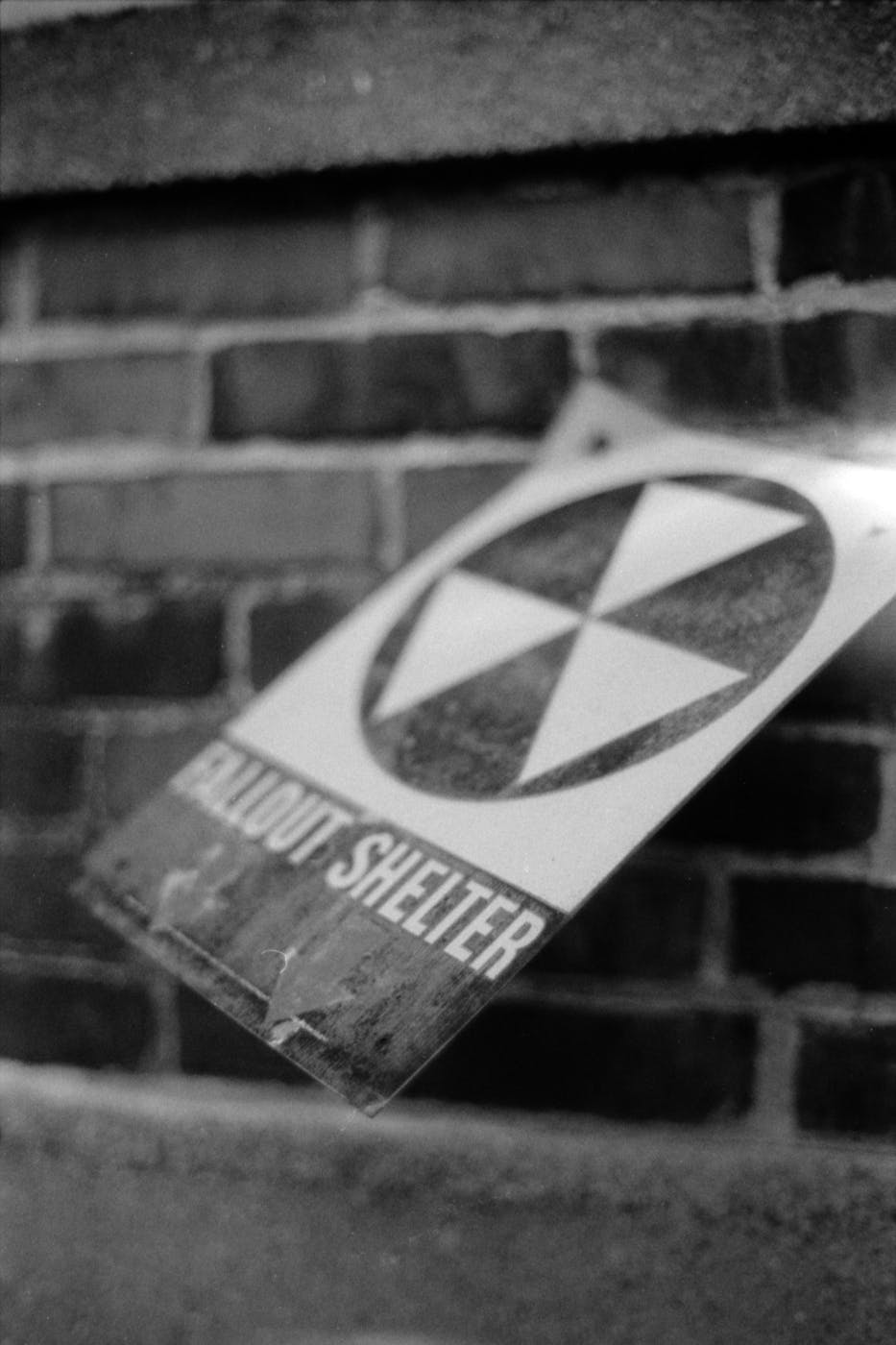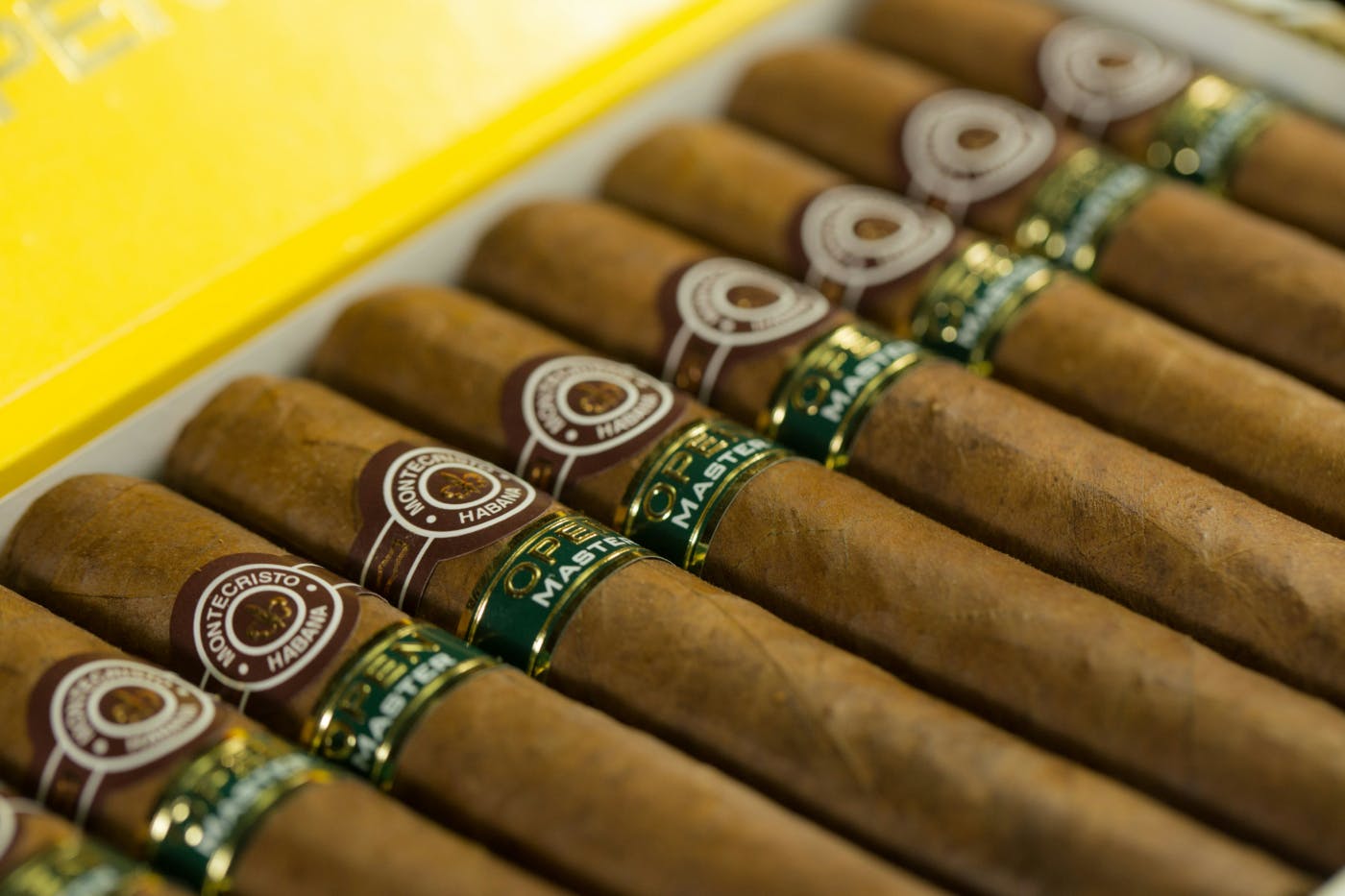
In business, reputation is currency. And in an age of instant screenshots, whistleblower tweets, and Reddit threads that move faster than your legal team, even the tiniest untruth can avalanche into a trust crisis.
Small Lie, Big Mess: The Reputation Risk of White Lies in Business
You know the type. The “harmless” fib. The “everyone does it” stretch. Maybe it’s a fudged deadline. A “limited-time offer” that somehow never ends. A startup that’s “in talks with investors” (read: someone liked a LinkedIn post once). These little lies are dressed in charm, cloaked in convenience, and delivered with a smile. But the second one slips and hits daylight? That smile curdles.
In business, reputation is currency. And in an age of instant screenshots, whistleblower tweets, and Reddit threads that move faster than your legal team, even the tiniest untruth can avalanche into a trust crisis. The danger isn’t just that people find out you lied—it’s what that lie represents about your values, your integrity, and your respect for your audience.
So why do companies keep rolling the dice with small lies? And what happens when those dice roll off the table?
Let’s unpack why even the tiniest twist of the truth can have outsized consequences—and how honesty, even when it stings, might just be your brand’s best defense.
The Slippery Slope of the Small Lie
It usually starts with good intentions—or at least intentions that feel justifiable in the moment. A slight exaggeration in a pitch deck to look more established. A testimonial that’s not quite real but “reflects how people usually feel.” A marketing claim that’s technically true, if you squint at it sideways.
Or maybe it’s personal. Padding a résumé with a few fictional projects or a conveniently upgraded job title. After all, who’s really checking? The line between ambition and dishonesty starts to blur, and suddenly, the habit of stretching the truth follows you right into the business world.
The problem? Lies don’t live in isolation. They’re needy. They require upkeep. One stretched truth needs another to support it, and before long, you’re not just smoothing the edges—you’re managing a full-blown alternate reality.
This is how small lies turn into big problems: they normalize dishonesty. Inside the company, employees start to believe that bending the truth is part of the game. “Everyone’s doing it” becomes a justification, and suddenly, you’ve got a culture that prizes spin over substance. Outside the company, customers and partners start to pick up on inconsistencies, raising an eyebrow that doesn’t come back down.
What was meant to be a shortcut becomes a detour into reputation purgatory. And if one of those white lies ever leaks? It’s not just a momentary embarrassment—it’s proof of a pattern. People don’t wonder what you lied about. They start wondering what else you’re lying about.
And that’s where things get messy.

Trust is Asymmetrical
If reputation were a bank account, trust would be the slowest deposit and the fastest withdrawal. It can take years to build up and seconds to drain.
This is what makes the white lie so deceptively dangerous—it doesn't just cost a company in the moment. It costs them all the goodwill they’ve been quietly collecting over time. One fib, one reveal, one "uh-oh" moment, and suddenly, every ad, email, or public statement is reinterpreted through the lens of suspicion.
Think of trust like a glass sculpture—delicate, painstakingly crafted, and completely unforgiving once cracked. It brings to mind The Glass Menagerie—a world where fragility is both literal and symbolic. In business, just like in the play, the illusion can feel beautiful... right up until it shatters. And even if you manage to glue it back together, the damage is still visible. The transparency you once relied on becomes a vulnerability.
That “limited edition” offer you extended past its deadline? That “client success story” with no actual client behind it? These things linger in the minds of customers far longer than most marketers want to admit.
And in the digital age, there’s no forgetting. Everything is archived, timestamped, screenshotted, and searchable. There’s no “oops, we fixed it” if people start circulating your misstep on Reddit or embedding it in a tweet that’s racking up thousands of shares.
The asymmetry of trust is brutal: people are willing to believe in you until you give them a reason not to. And once that reason surfaces, they start wondering what else they missed.
The Public Sniff Test
There was a time—perhaps dimly remembered, sepia-toned and pre-social media—when a small business fib could fade into the wallpaper. An embellished testimonial, a vague “industry-leading” claim, a fake “featured in Forbes” badge. No one was fact-checking. No one was watching too closely.
But that world doesn’t exist anymore.
Today’s audience is ruthlessly alert. Consumers are no longer passive recipients of marketing—they’re active participants in brand surveillance. They catch inconsistencies. They research claims. They read reviews with the intensity of courtroom transcripts. And when they catch a whiff of dishonesty, they don’t just recoil—they investigate. They share. They mobilize.
It’s no longer just about truth or falsehood. It’s about trust calibration—that internal sensor people use to decide whether they’re dealing with transparency or manipulation. This is the public sniff test: a blend of instinct, pattern recognition, and past experience. People may not remember every brand promise you’ve ever made, but they remember how you made them feel. And when something feels off—too polished, too perfect, too convenient—they follow their nose.
Here’s the twist: audiences want to catch the lie.
There’s a certain psychological satisfaction in spotting deception. It gives people a sense of control in a world where marketing is everywhere. It confirms their belief that they’re smart, discerning, and not easily fooled. In fact, studies in behavioral psychology show that consumers are more loyal to brands they believe are honest—even if the product is slightly worse. Conversely, once a lie is uncovered, no matter how small, loyalty collapses. The emotional betrayal outweighs the original offense.
People don’t like feeling duped. It isn’t just about being misled—it’s about feeling complicit in the illusion. That’s why white lies can spark such intense backlash. The customer starts asking: “If I fell for this, what else did I miss?” And suddenly, the brand relationship isn’t about product or price—it’s about identity. No one wants to be the sucker.
Modern digital culture only amplifies this dynamic. Every product page, tweet, or claim is a potential artifact in a future takedown. A white lie told today might be the smoking gun in tomorrow’s viral thread. The sniff test is real-time, continuous, and inescapable.
And when people catch you lying, they rarely just walk away quietly.
They document. They quote-tweet. They post the receipts. They film themselves throwing your product in the trash. The lie becomes content. And once your lie becomes content, it stops being a business decision and becomes entertainment—something people share, laugh at, and use as a cautionary metaphor.
Worst of all? Even when companies apologize, the damage is already refracted through the lens of doubt. Is the apology sincere, or another performance? Are they sorry, or just sorry they got caught?
The sniff test doesn’t just detect lies. It measures your motives.
And in today’s economy of attention, one whiff of dishonesty can turn a respected brand into a case study of how not to do it.

Case Studies of Reputational Fallout
If you're still tempted to think, “It's just a small exaggeration, who’s going to notice?”—let history remind you that reputational collapse often starts with the tiniest cracks.
Take Volkswagen. The diesel emissions scandal didn’t begin with a full-on cover-up—it started with software designed to quietly cheat emissions tests. Technically clever, yes. Ethically catastrophic. Once exposed, the fallout wiped billions off their market value and torched years of carefully cultivated brand trust. The lie wasn’t just about emissions. It was about integrity, and suddenly, no one believed anything VW had to say.
Or Elizabeth Holmes and Theranos. The grand lie at the center of that story was huge—but it was protected, at first, by countless smaller ones. Inflated tech capabilities, staged demos, hushed internal doubts. Each white lie is stacked like a sandbag against a flood of scrutiny. And when the flood came? Total collapse.
Then there’s PepsiCo’s “recyclable” claims—a series of marketing messages about environmental responsibility that rang hollow when it turned out the recycling infrastructure wasn’t there to support them. Greenwashing, even when subtle, gets spotted fast. Customers don’t just get annoyed—they get furious because it plays on their values. And in that space, a small lie feels like a personal insult.
Even Glossier, a darling of the direct-to-consumer era, faced backlash when employees revealed that its inclusive branding didn’t match its internal practices. On the surface, it was about hiring and workplace culture. But what caught fire online was the perceived hypocrisy: the gap between the brand’s progressive image and the reality inside its walls.
And then, of course, there are the influencers—the modern snake oil salesmen with ring lights. They don’t sell cures. They sell identity. And when their curated personas start to crumble, brands that banked on their perceived authenticity go down with them.
Take Belle Gibson, the influencer who built an empire by claiming she cured her terminal brain cancer with clean eating and positive thinking. She wrote a book, launched an app, and earned massive media coverage—even getting promoted by Apple. But the truth? She never had cancer. Her entire brand was a fabrication. The backlash was swift, public, and devastating—but here’s the kicker: even after being exposed, some of her followers still refused to believe it. That’s the power of a well-packaged lie.
Gibson’s playbook wasn’t unique. She simply mastered the formula now used by countless influencers: create a compelling transformation story, offer a secret solution, position yourself as living proof, and sell, sell, sell. The moment doubt creeps in, reframe it as “negativity” or “jealousy.” And if things go south? Disappear. Rebrand. Start over.
Modern influencers blend the language of friendship with the mechanics of sales. They don’t say, “I’m selling this.” They say, “I just want to help you.” But when the mask slips—when it becomes clear that the testimonials are fake, the results are Photoshopped, or the glowing reviews are bought and paid for—the fallout spreads fast. The damage doesn’t stop with the influencer. It splashes back onto every brand they were aligned with.
And let’s not forget the Fyre Festival. A full-blown disaster, yes, but it started with influencer hype. Carefully filtered Instagram posts turned an unfinished gravel pit into a promised paradise. The white lies? That everything was “on track,” “ready,” “exclusive.” By the time reality hit, those lies weren’t just exposed—they were immortalized in documentaries. The influencers who promoted it tried to distance themselves, but by then, the damage was done. The brand trust was nuked.
These aren’t just stories of deception. They’re stories of how quickly narrative power can flip. One day, a brand—or a person—is aspirational. The next, they’re a cautionary tale. Not because they made a mistake but because they lied about it. And in many cases, the cover-up became more damning than the original offense.
These examples aren’t outliers—they’re warnings. Because in each case, the white lie didn’t just fail. It invited people to question everything that came before it.

The Integrity Premium
If there’s a lesson in all this chaos, it’s not just “don’t lie”—it’s that honesty, real honesty, is a branding superpower.
It might not feel like it in the short term. When a mistake happens, when a product fails, or when something goes sideways internally, the instinct is to spin, soften, or delay. But the brands that win in the long run are the ones that step up, own the mess, and speak plainly. They treat their audience not like marks but like humans.
Because here’s the secret: people don’t expect perfection. They expect accountability.
When a company admits a mistake, or even better—calls itself out before anyone else does—it sends a signal that goes deeper than any PR-crafted message. It says, “We’re not hiding.” That kind of candor is rare, and it stands out.
Take brands like Patagonia. When they announced they weren’t as sustainable as they wanted to be, they didn’t pretend otherwise. They made the flaws public, along with their plan to fix them. And guess what? Customers didn’t run. They leaned in. Because honesty builds equity. And equity builds resilience.
Or remember when Buffer, the social media company, suffered a data breach? Instead of burying it, they immediately went public, detailing what happened, what they were doing about it, and how users could protect themselves. The result? Not a mass exodus. A surge of loyalty. People trusted them more afterward—not less.
This is the integrity premium: the idea that transparency creates trust, and trust creates longevity. It’s not just about ethics—it’s a competitive edge. A long-term investment in your brand’s reputation, credibility, and voice.
And here’s the kicker: the more transparent you are when things go wrong, the more believable you become when things go right.
Consumers remember who tried to manipulate them, and they remember who told them the truth—even when it was hard. In a world saturated with noise, dishonesty, and digital sleight of hand, integrity isn’t just refreshing. It’s magnetic.
Intent vs. Impact
Every company that gets caught in a white lie has the same first line of defense: “We didn’t mean any harm.”
And maybe they didn’t. Maybe the product delay really was temporary. Maybe the inflated numbers were “aspirational.” Maybe the misleading claim was just poor wording, not malice. But here’s the hard truth—intent doesn’t carry much weight once the trust is broken.
In business, perception is reality. What people feel and experience in the moment matters more than what you meant for them to feel. It’s a harsh equation: emotional damage minus good intentions still equals lost trust.
Let’s say a brand exaggerates their eco-credentials, claiming their products are “100% sustainable” because, well, they’ve started talking to suppliers about better packaging. Internally, that may feel like progress. A sign of things to come. But externally, it’s deception. People aren’t judging your goals—they’re judging your claims. And when the truth comes out, it doesn’t matter that the lie was meant to inspire—it still betrayed someone’s belief in you.
Intent is what you whisper to yourself. Impact is what the world feels.
Now, that doesn’t mean we can’t distinguish between malicious deception and hopeful delusion. There’s a difference between fraud and flattery, between cover-ups and clumsy optimism. And yes, audiences can tell the difference—if you’re honest about it. But the second you try to obscure your intent instead of owning it? The benefit of the doubt evaporates.
It’s also important to understand who the impact actually lands on. Sometimes, companies lie to “protect” their users from disappointment—like promising a feature that’s not ready or announcing a launch date they know they’ll miss. Other times, they lie to protect themselves—like deflecting blame for a failure or inflating a success to appease investors. But no matter who the lie is meant to serve, the result is often the same: someone feels misled.
And in today’s attention economy, feeling misled is enough to make someone walk away—loudly.
If you're thinking about telling a “soft” lie to soften the blow of hard news, remember this: bad news, told truthfully, is survivable. A lie, even with good intentions, rarely is.

Summing Up
So, how much damage can a little lie really do?
As it turns out, quite a bit.
Small lies in business don’t stay small for long. They stretch, multiply, and—when exposed—demand far more in reputation repair than they ever saved in the moment. Audiences today are not just watching, they’re analyzing. They don't just notice the lie—they examine the motives, the patterns, the spin. And when trust breaks, it’s not just the messaging that suffers—it’s the relationship.
But here’s the upside: honesty, even when it’s uncomfortable, is a long-term investment in brand resilience. Radical transparency might not make for the flashiest headlines, but it builds something much stronger—credibility. Loyalty. A sense that your brand is what it claims to be, even when things aren’t perfect.
At ThoughtLab, we don’t deal in illusion. We don’t hide behind jargon, fudge the numbers, or pretend to be something we’re not. Our work and our word matter. We’re trusted by the brands we work with not just because we deliver creative that connects—but because we tell the truth. We say what’s real, even when it’s rough around the edges. And we help our clients do the same.
Because the future of business doesn’t belong to the cleverest liars; it belongs to the most credible voices.
And in a world of influencer grifts, AI-generated hype, and brand spin that changes with the algorithm, maybe integrity is the most radical move of all.

